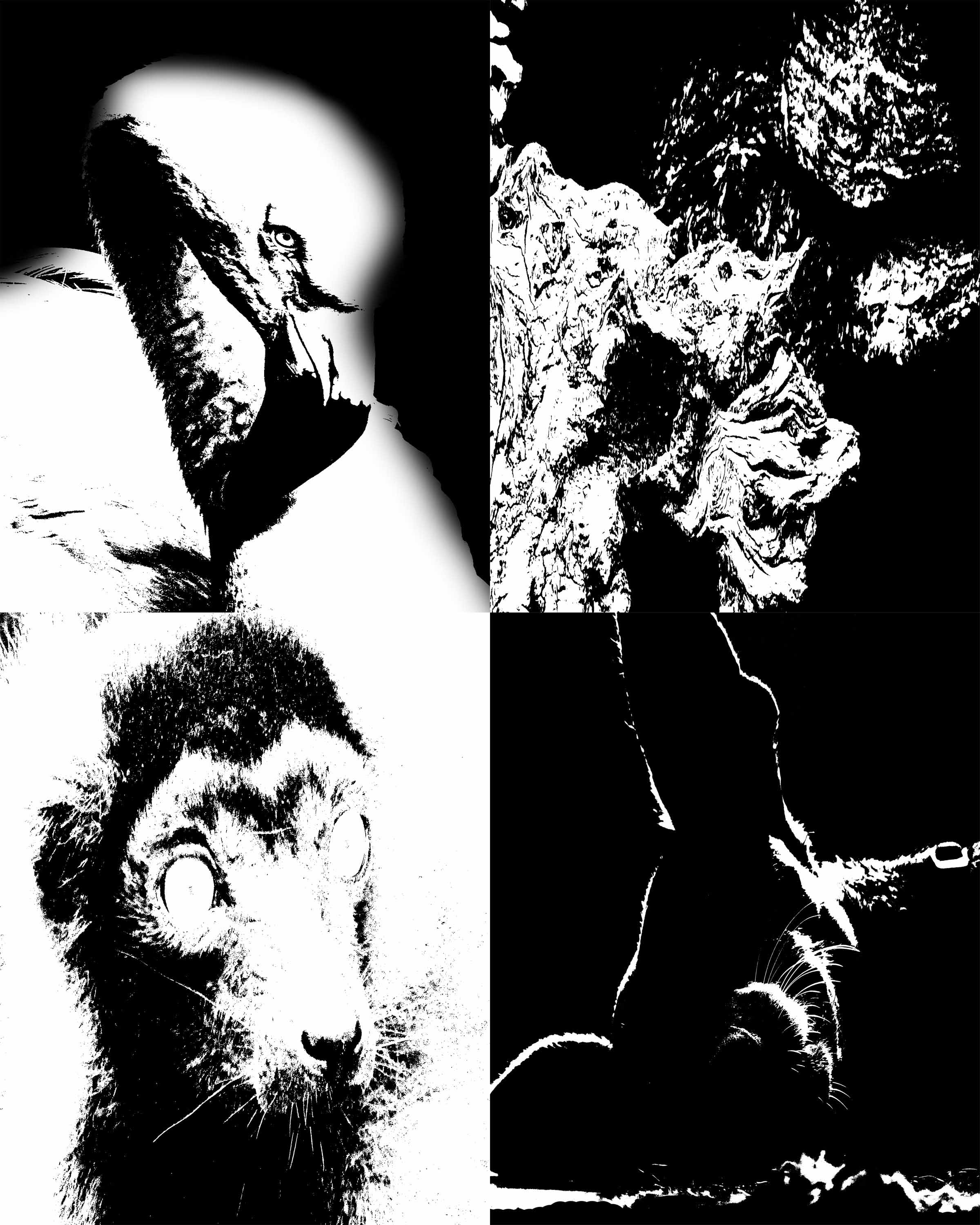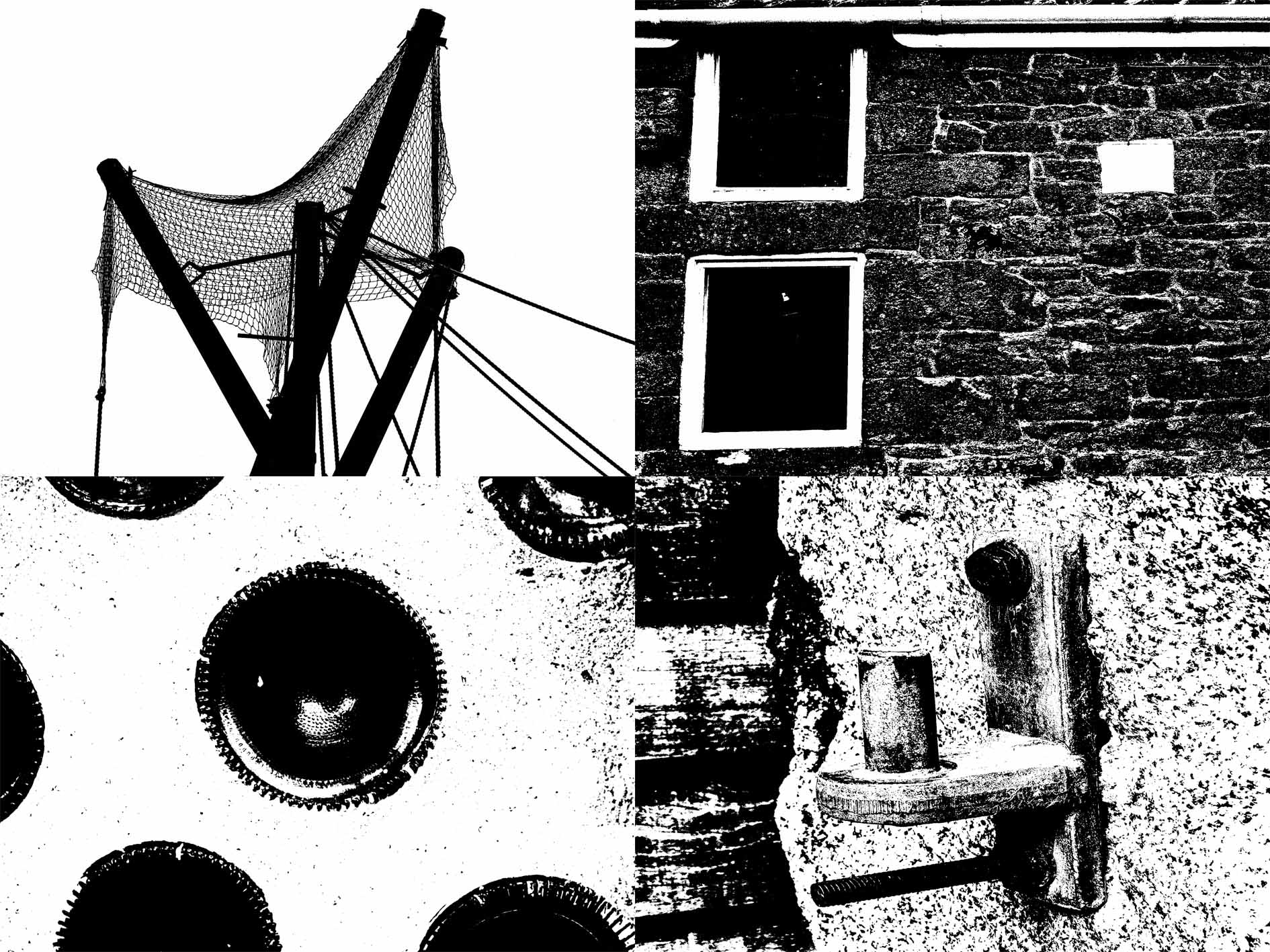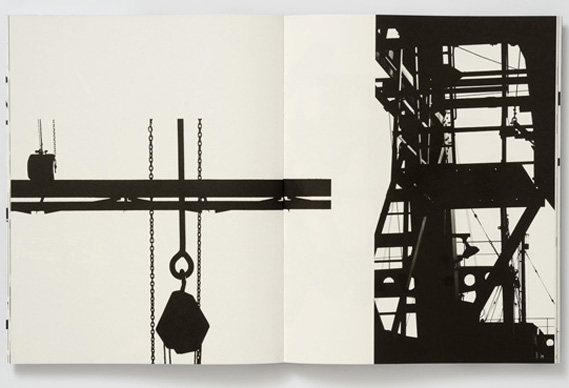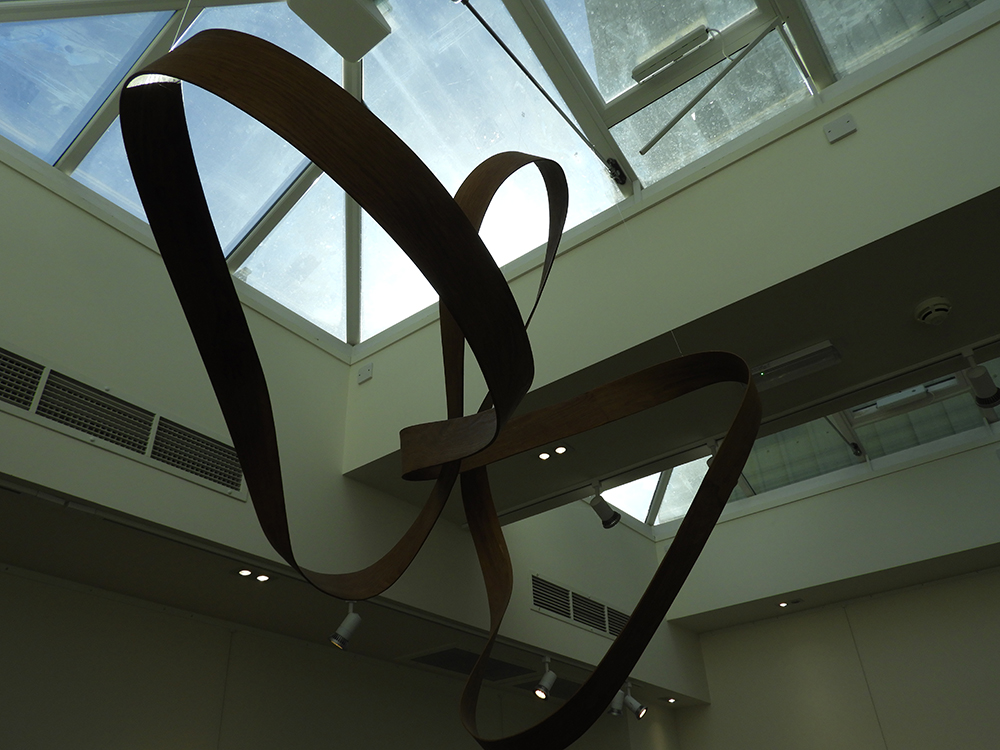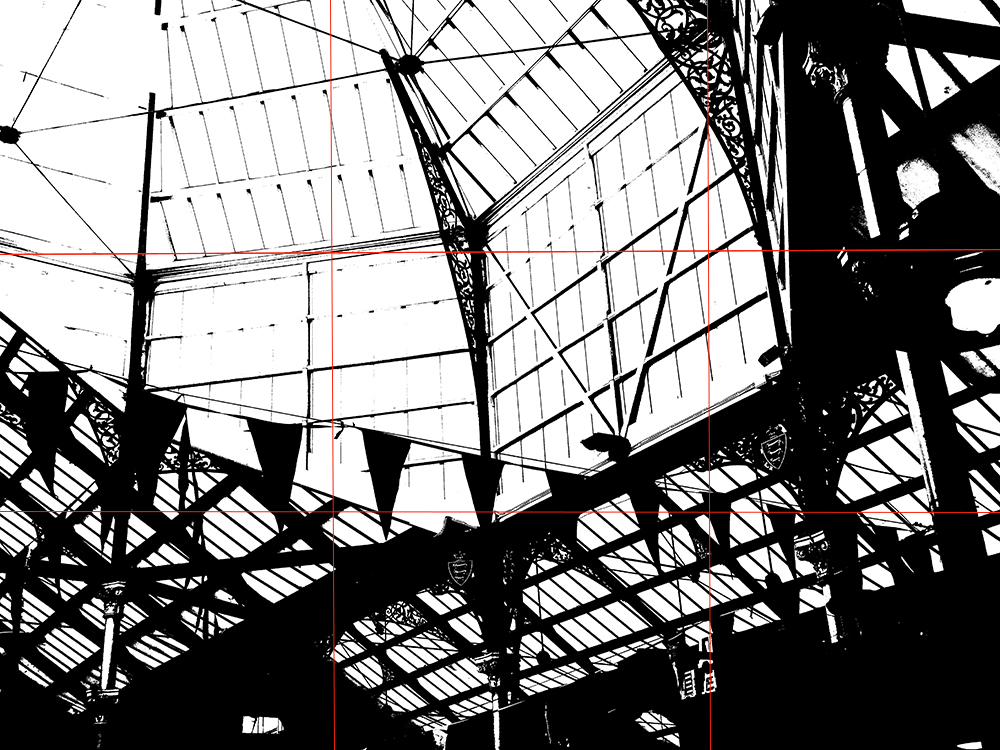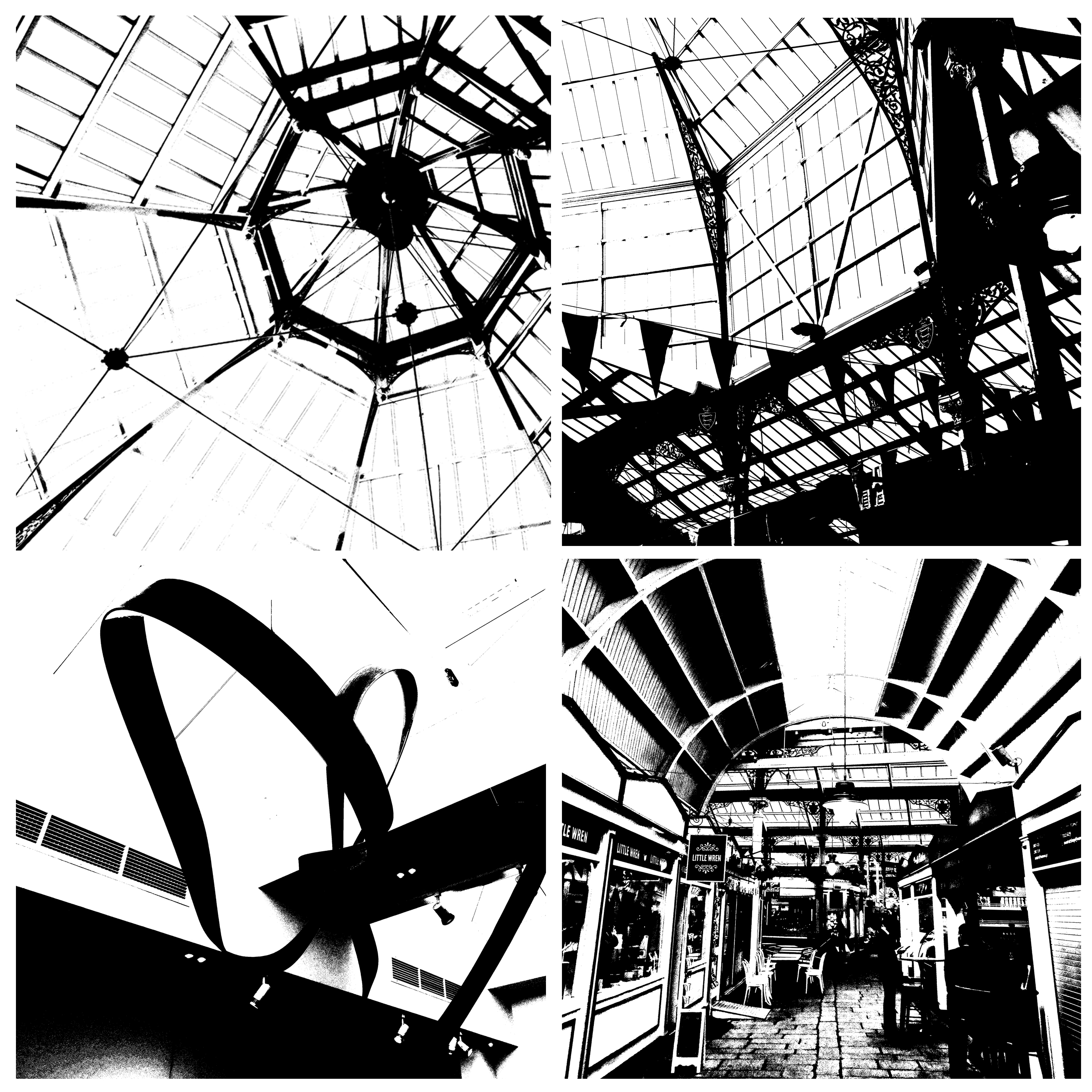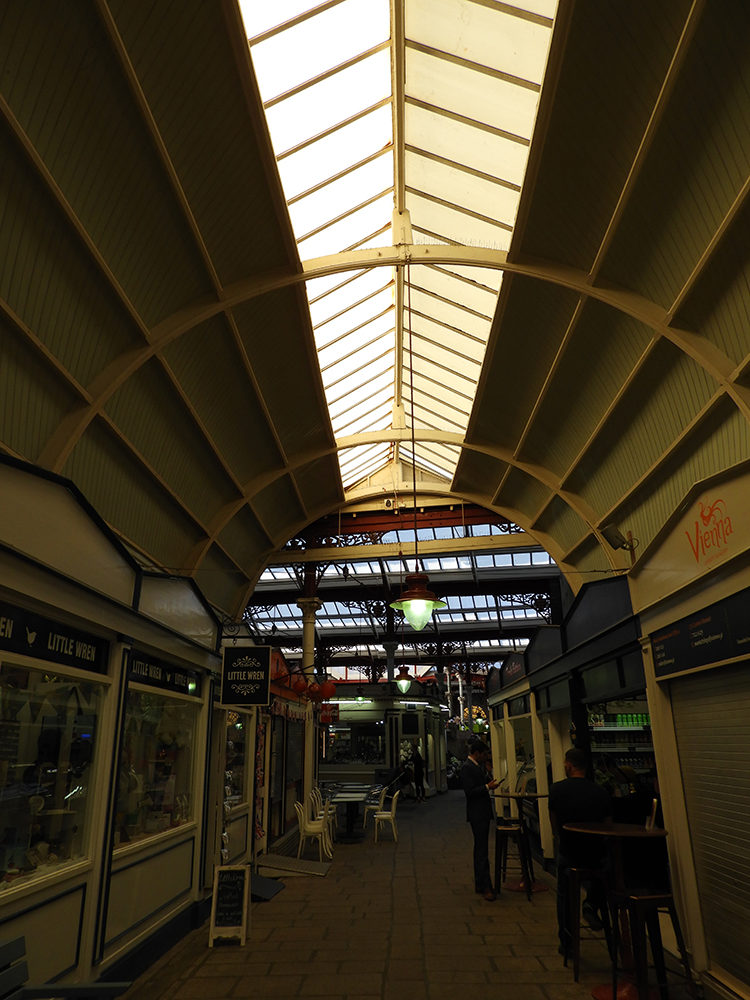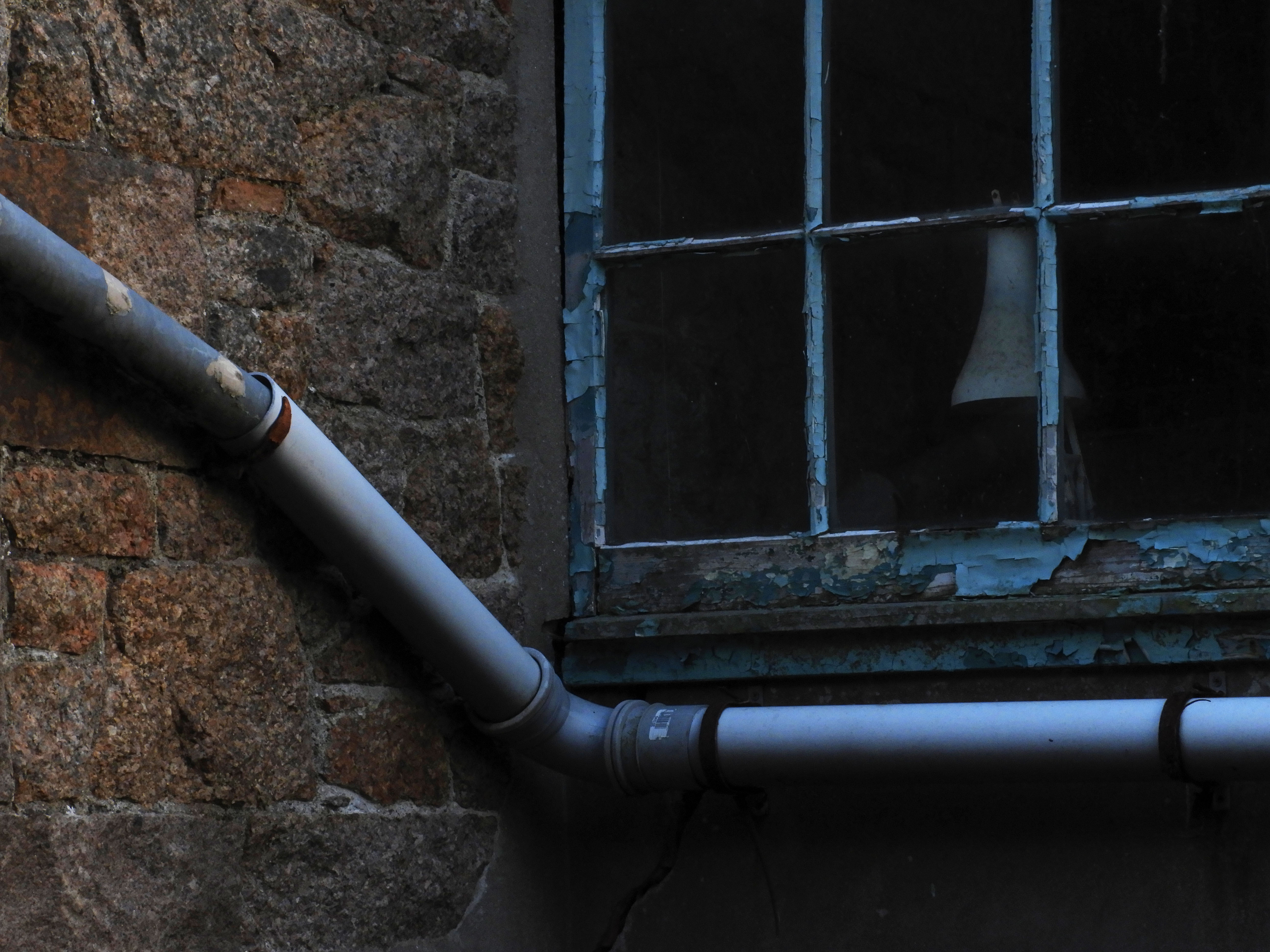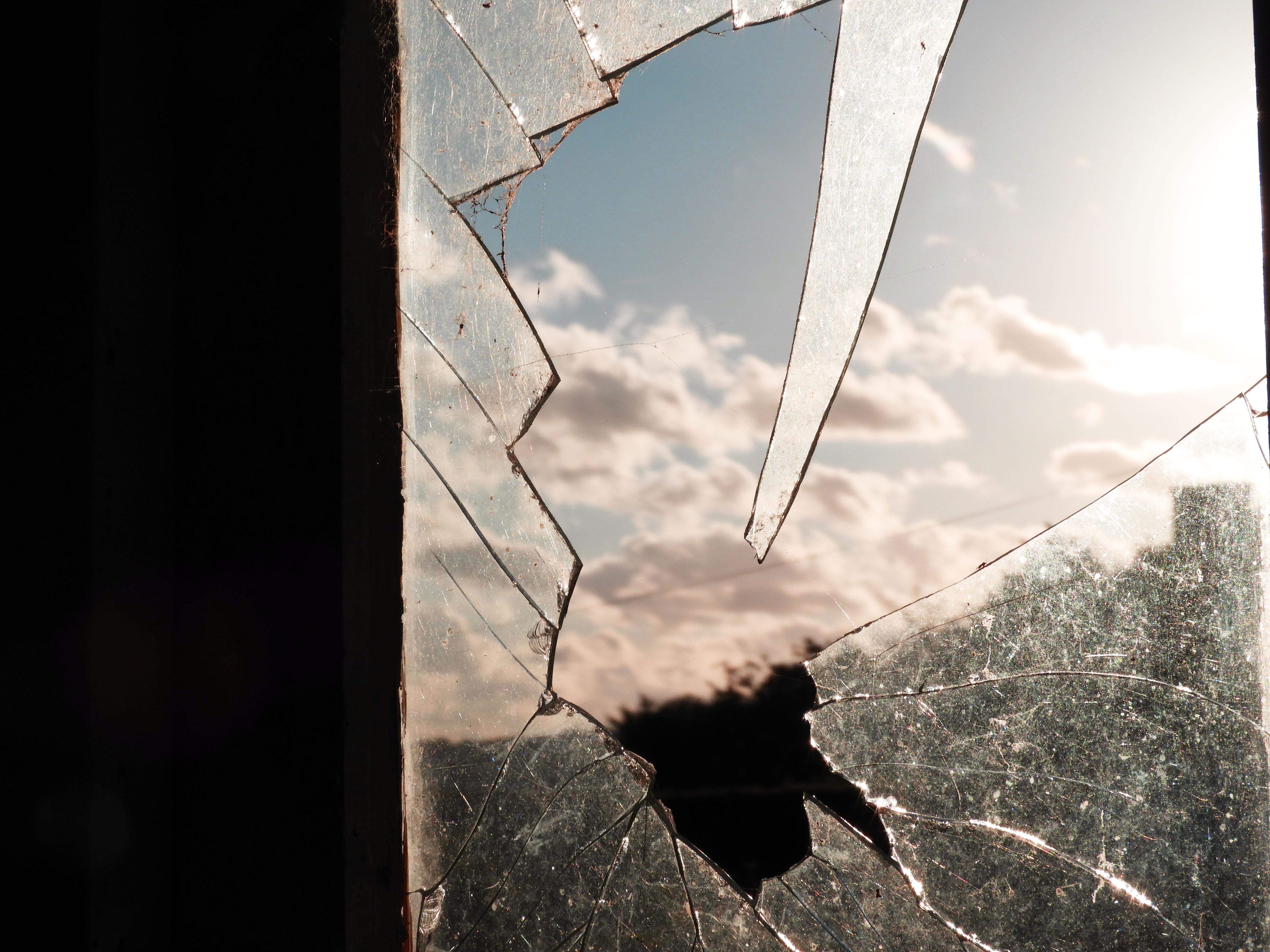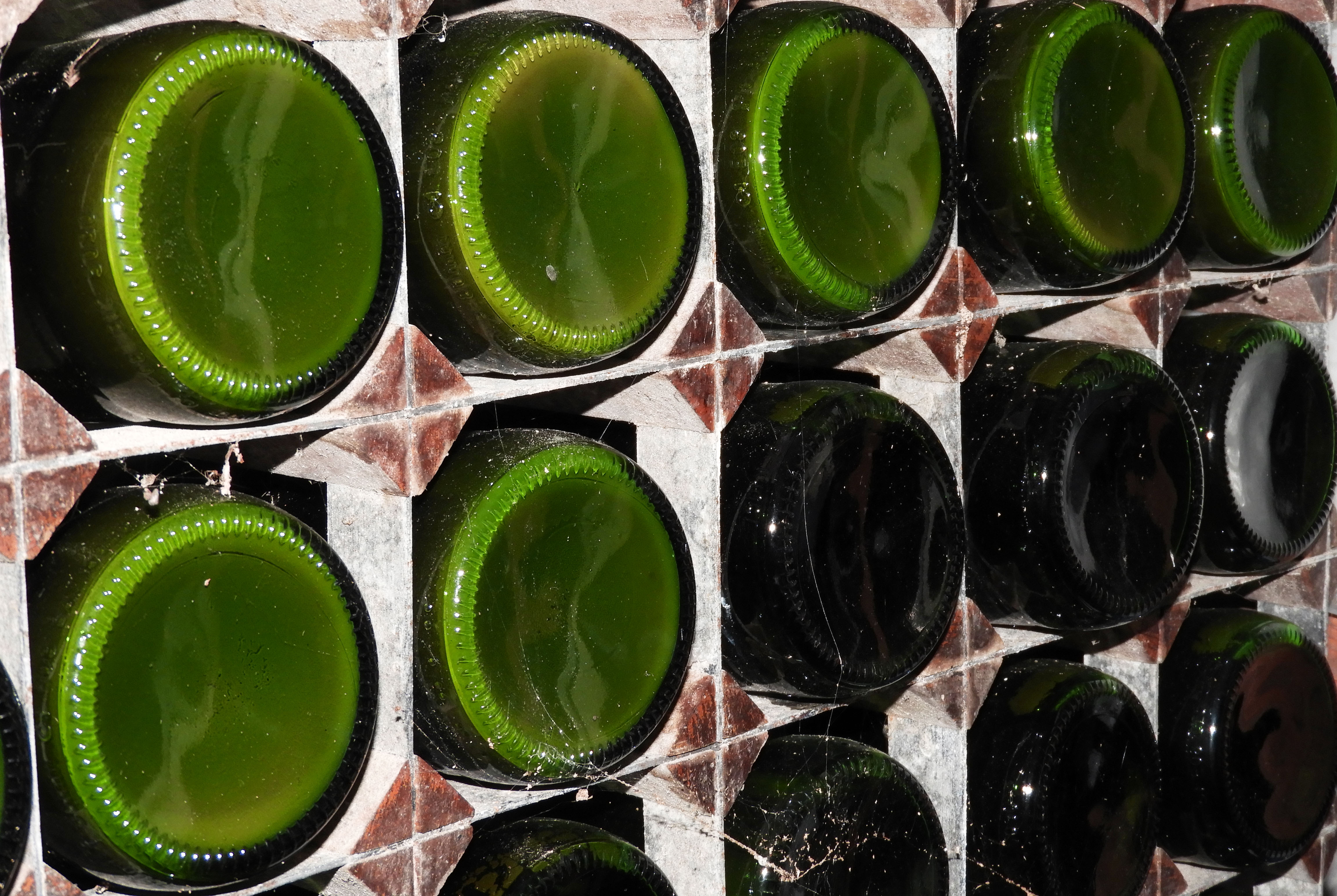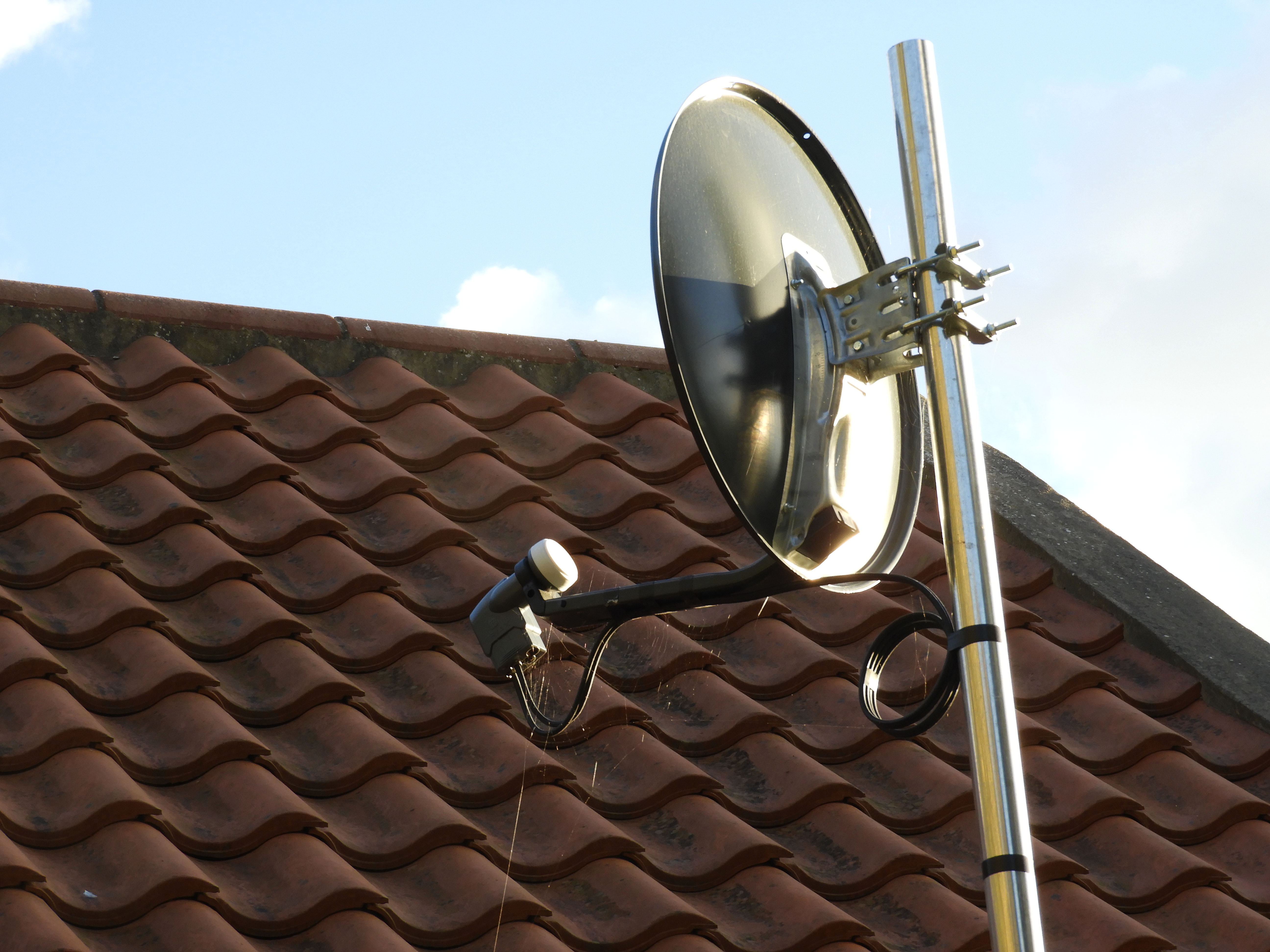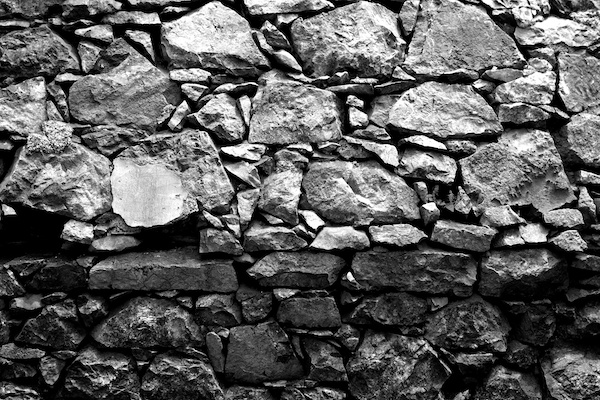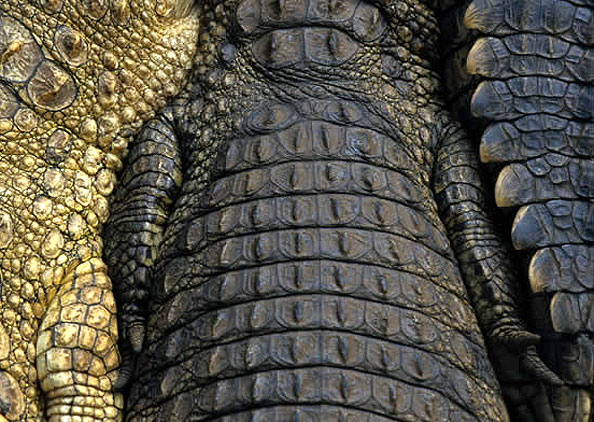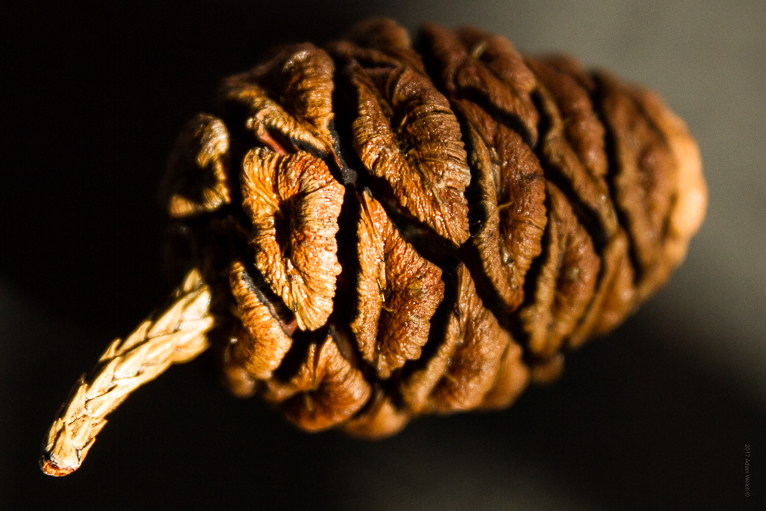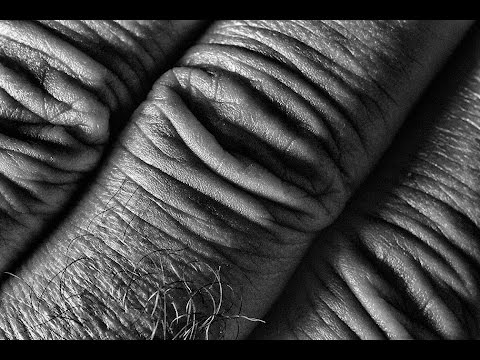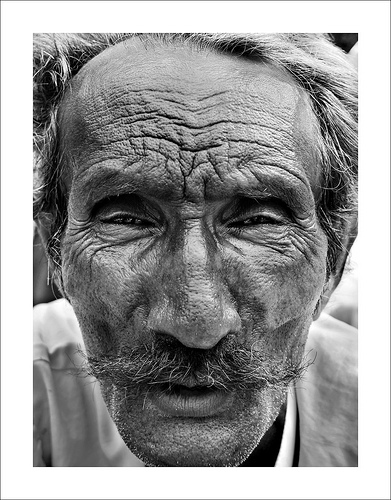Ralph Eugene Meatyard
Meatyard made his living as an optician but was a member of the Lexington Camera Club and pursued his passion for photography outside the mainstream. Meatyard’s work spanned many genres and he experimented with various strategies including multiple exposures, motion blur and other methods of photographic abstraction. Two of his series are concerned with focus and depth of field. They both show the expressive potential of photography, film and cameras when looking at the ordinary world.

Zen strongly influenced Ralph Meatyard's photography works since his photos reflect a connection between nature and humans. His Zen twig series include close up detailed images of thin tree branches set against out of focus backgrounds. To respond to his photographic style, I will take photos zoomed in on twigs and make sure that the background is blurred so the subject is sharply focused.
Uta Barth
Uta Barth describes herself as an artist who works mostly with photographs. She is interested in light, drawing attention to the viewer’s perception and separating the image from the thing depicted. Although her images are blurred, they appear abstract. The works that brought her international attention is the photographic series Ground and Field. These photographs are blurred caused by focusing the camera on an unoccupied foreground. Uta Barth has made visual perception the subject of her work. She carefully renders blurred backgrounds, cropped frames and the natural qualities of light to capture incidental moments.

Field #20 is a photograph of a street corner taken deliberately out of focus with a shallow depth of field. At a glance the image appears to look like an abstract design of muted browns and greys with red traffic lights that have been expanded by the out of focus effect. Close up they look like an abstract composition of coloured dots and from a distance the street scenes appear disorted as if seen through a partially opaque glass. To respond to her photography style, I will deliberately take images out of focus to create abstract photos with a merge of colour











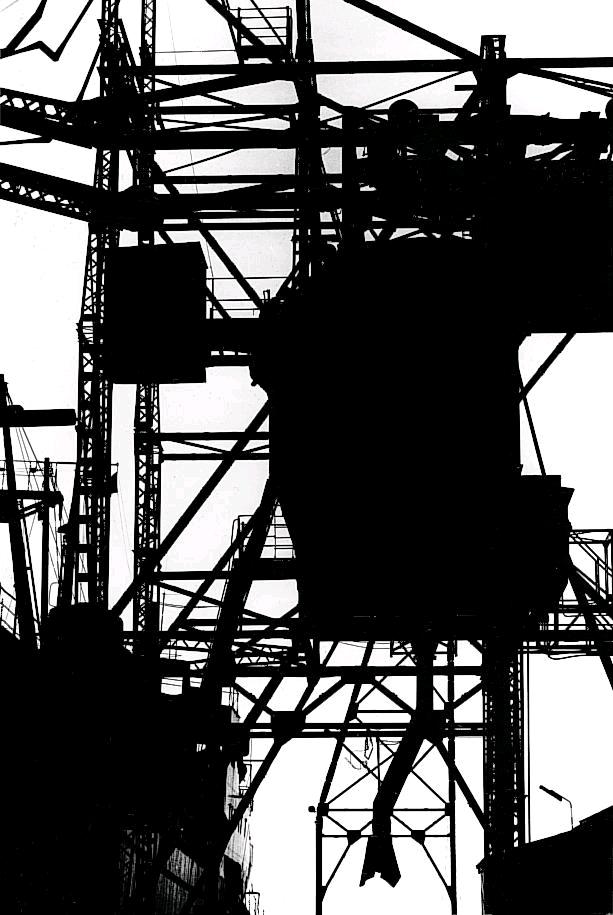


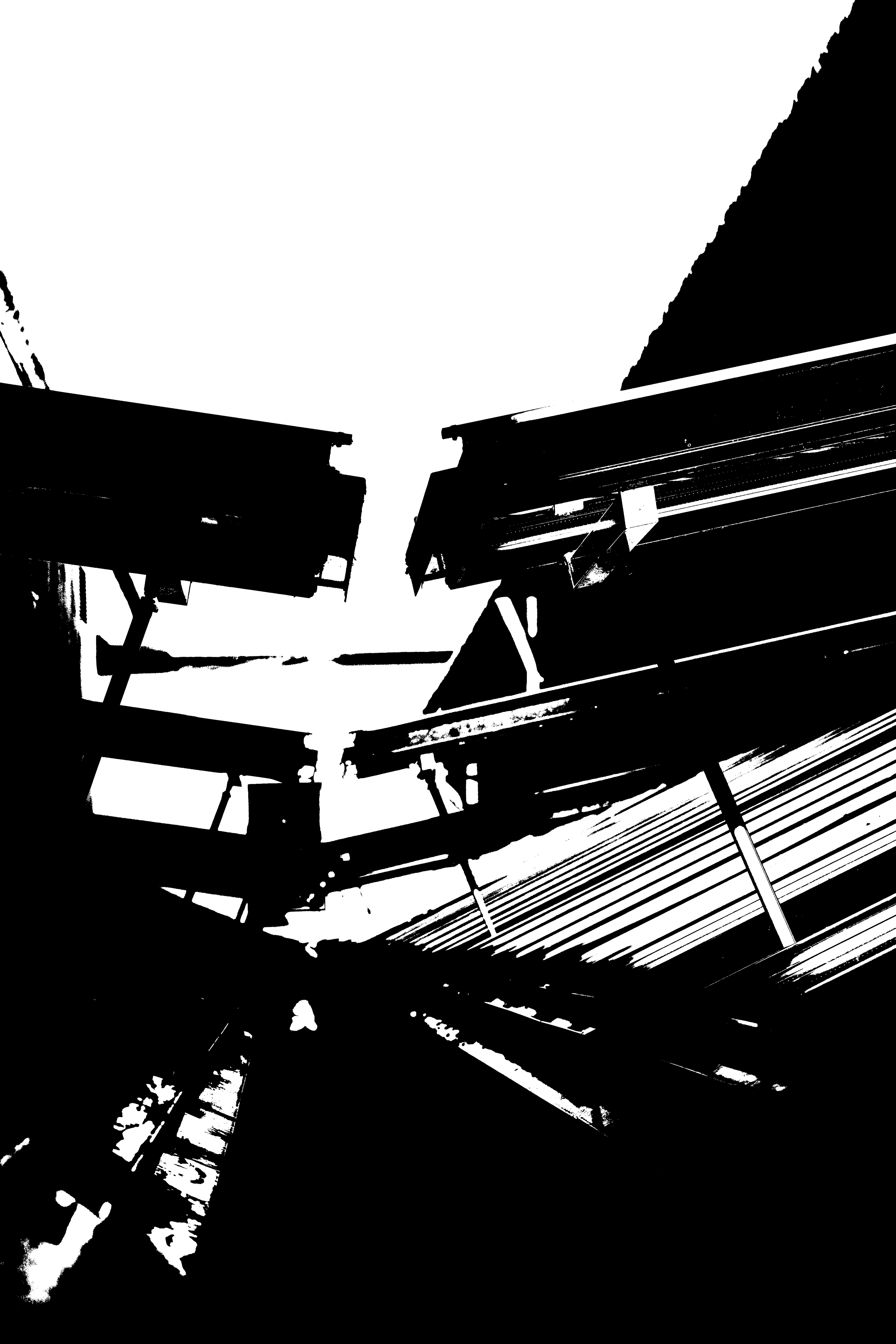





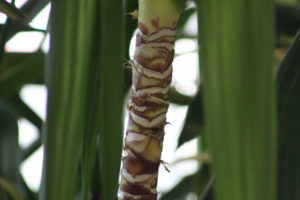

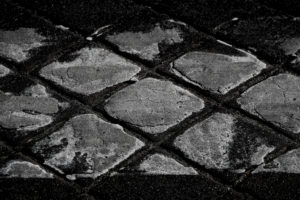

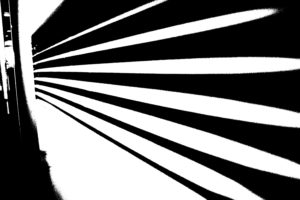


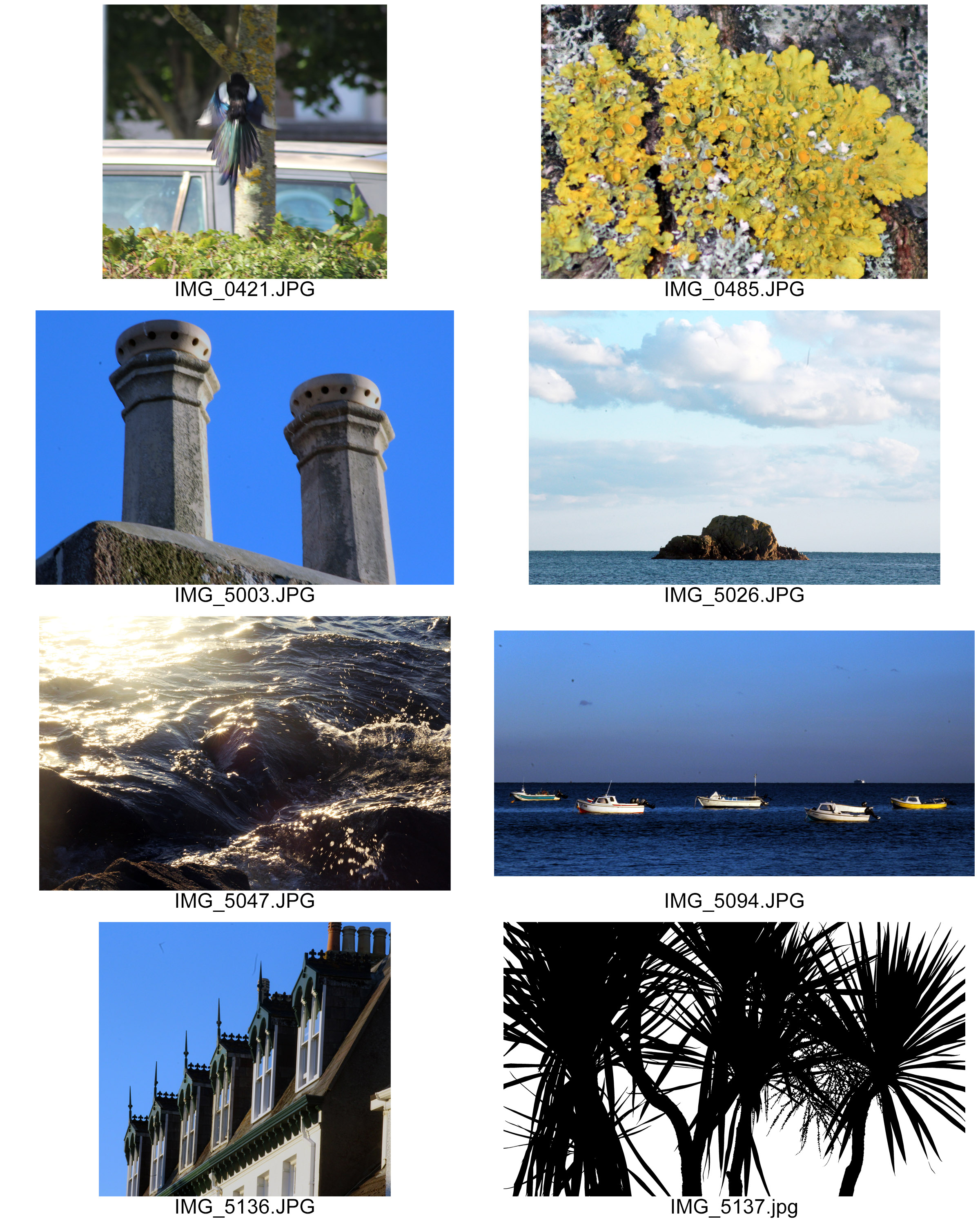
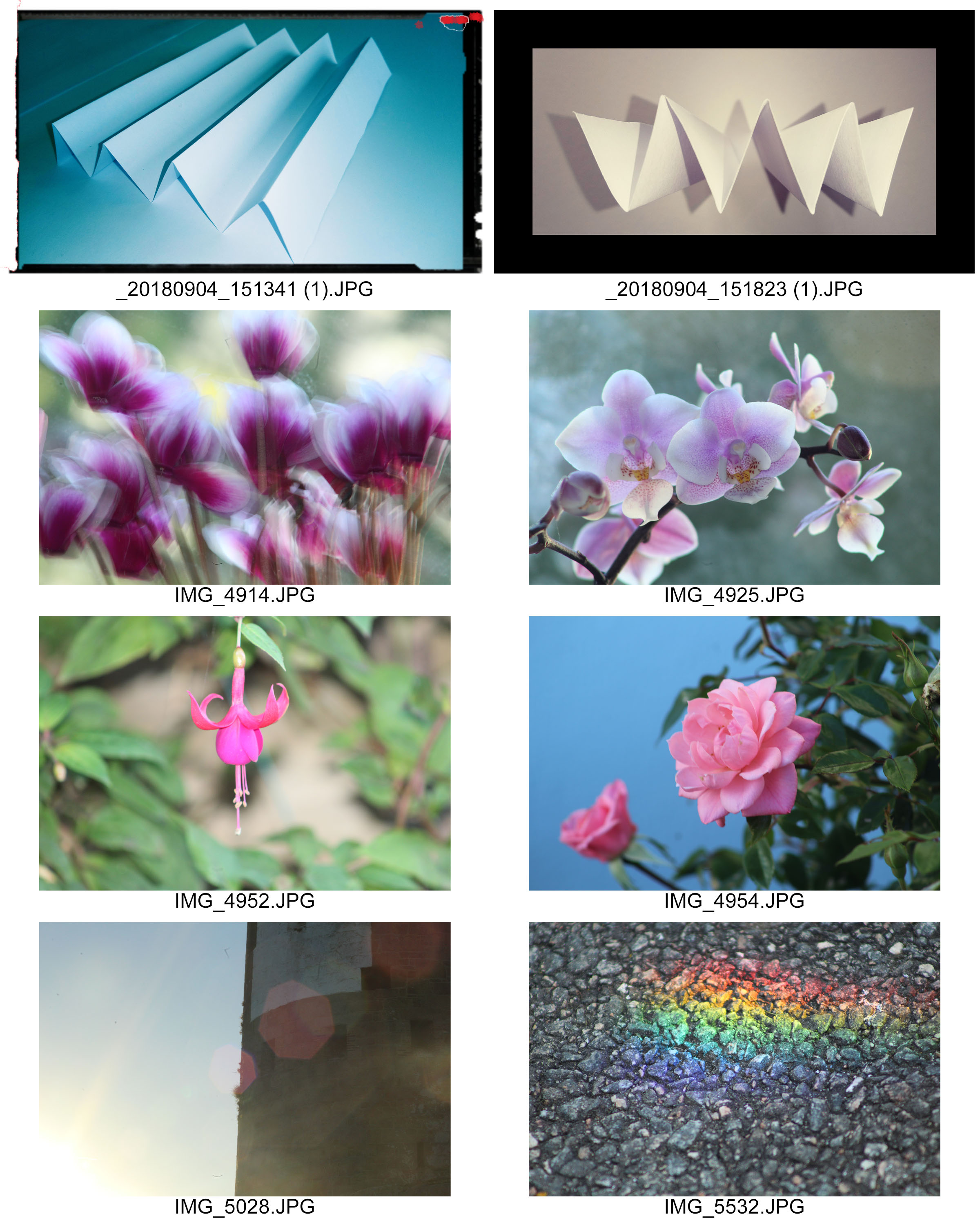
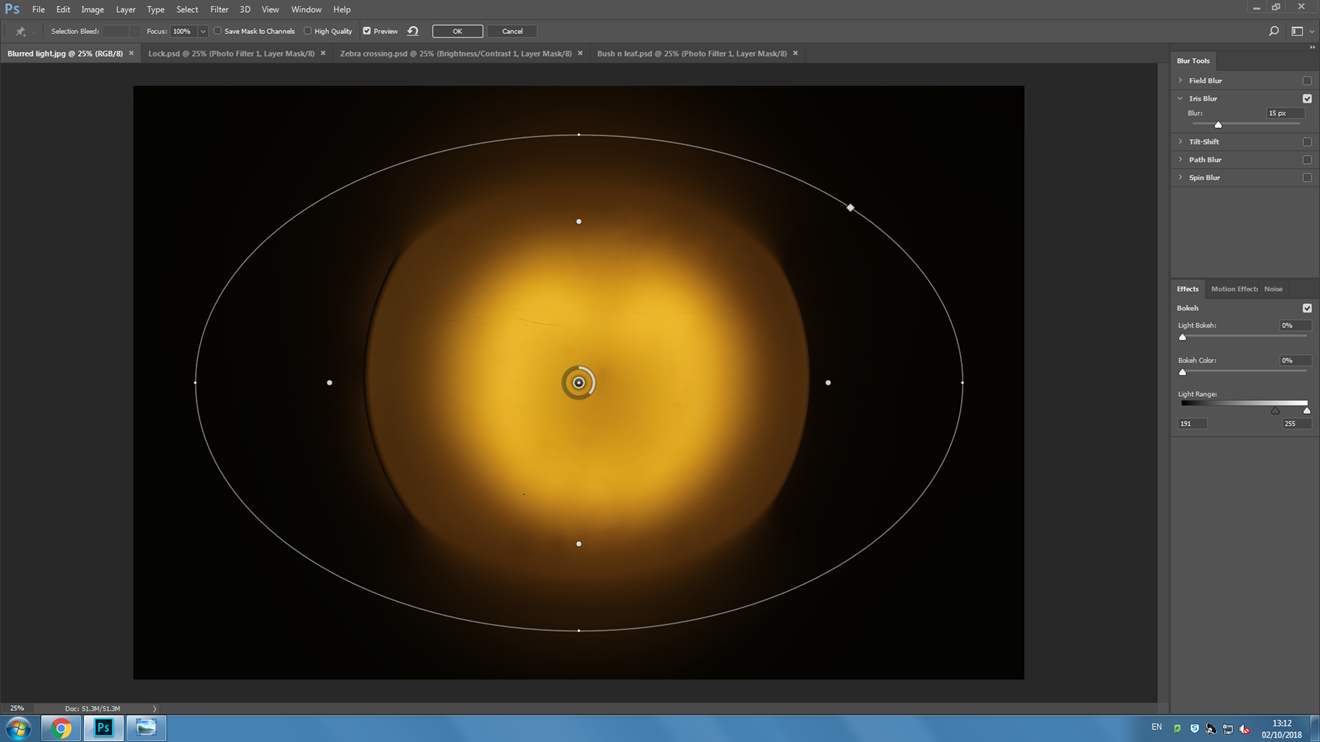
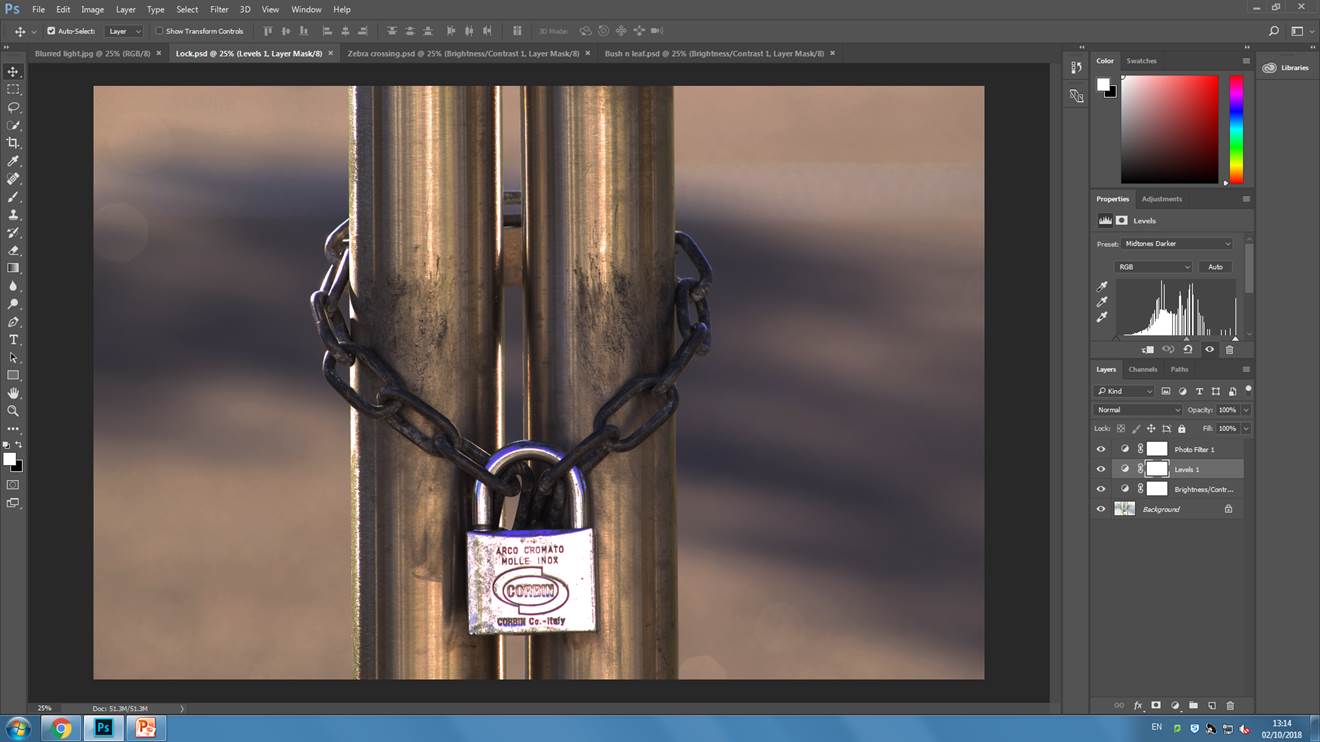
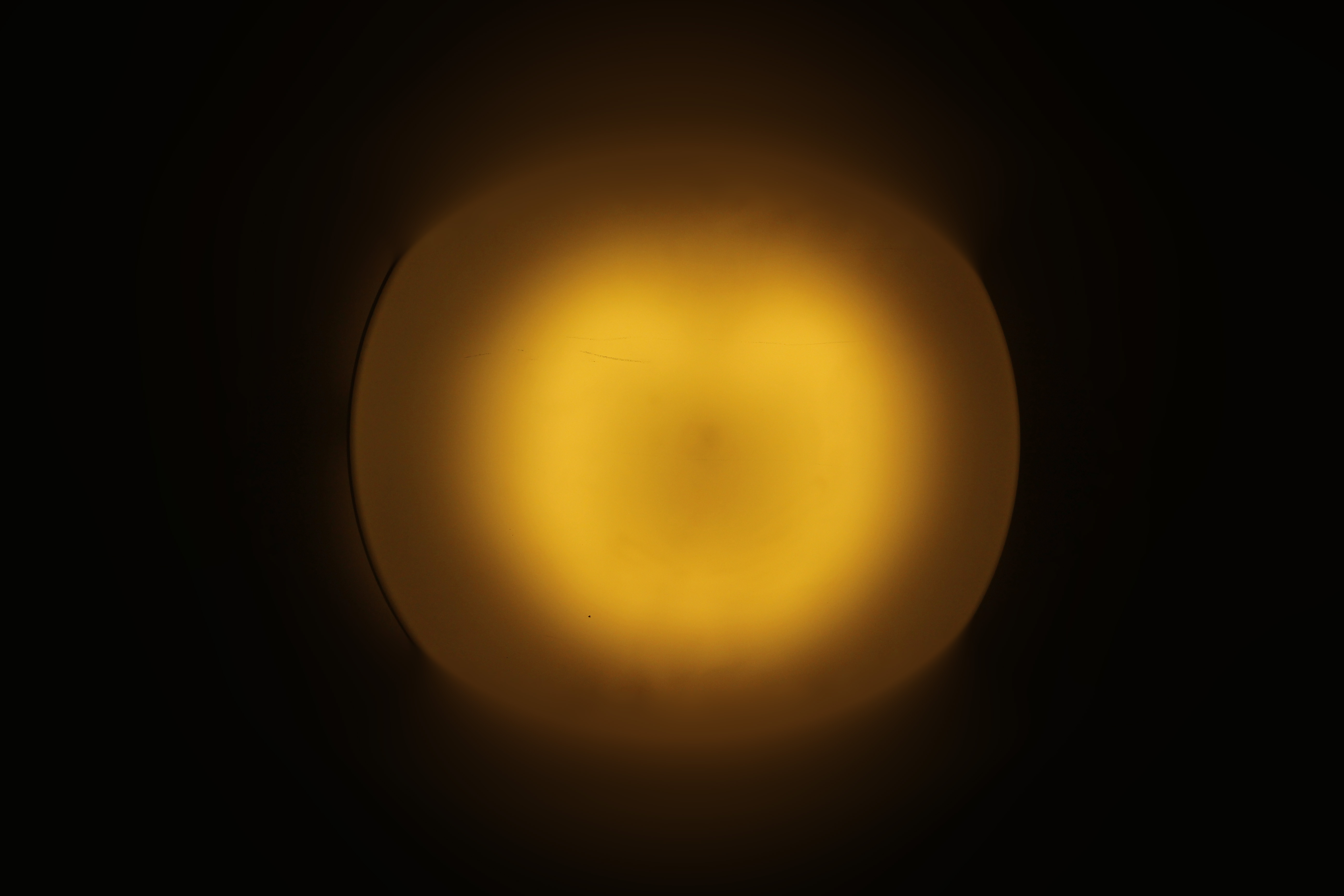
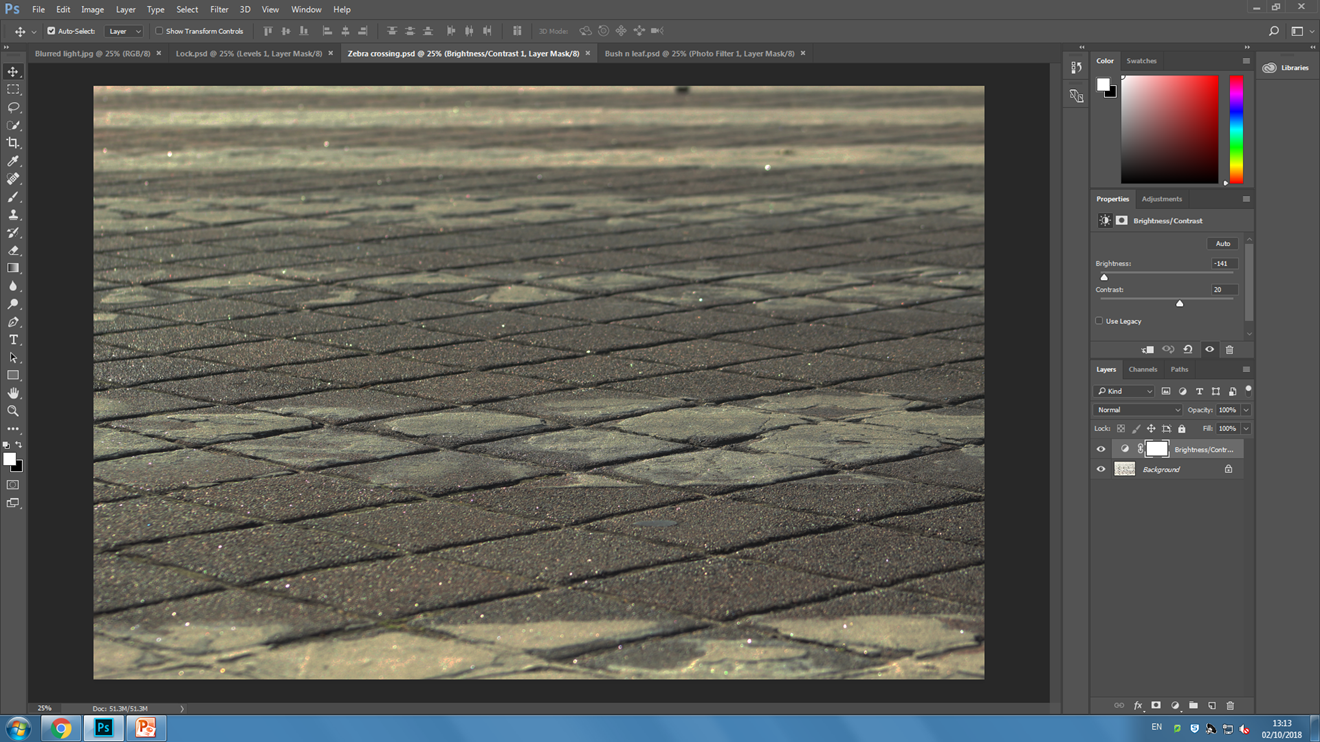
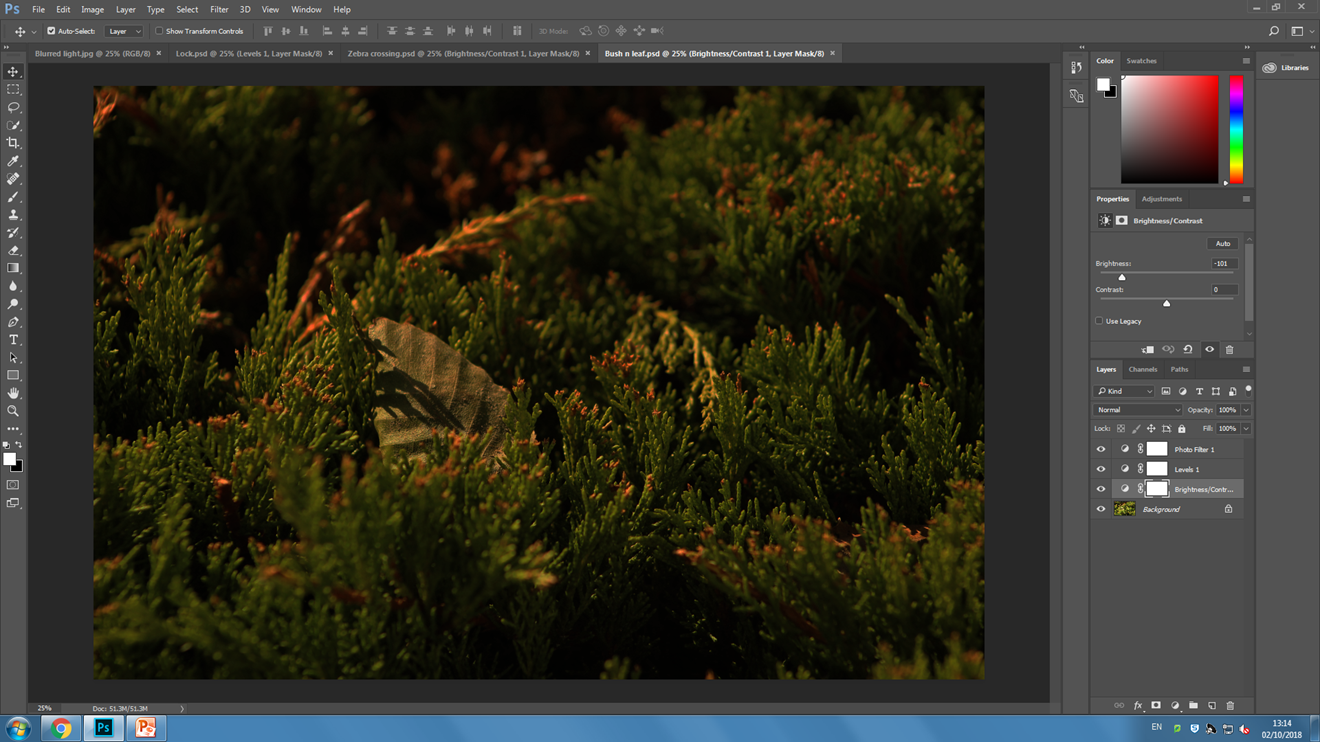
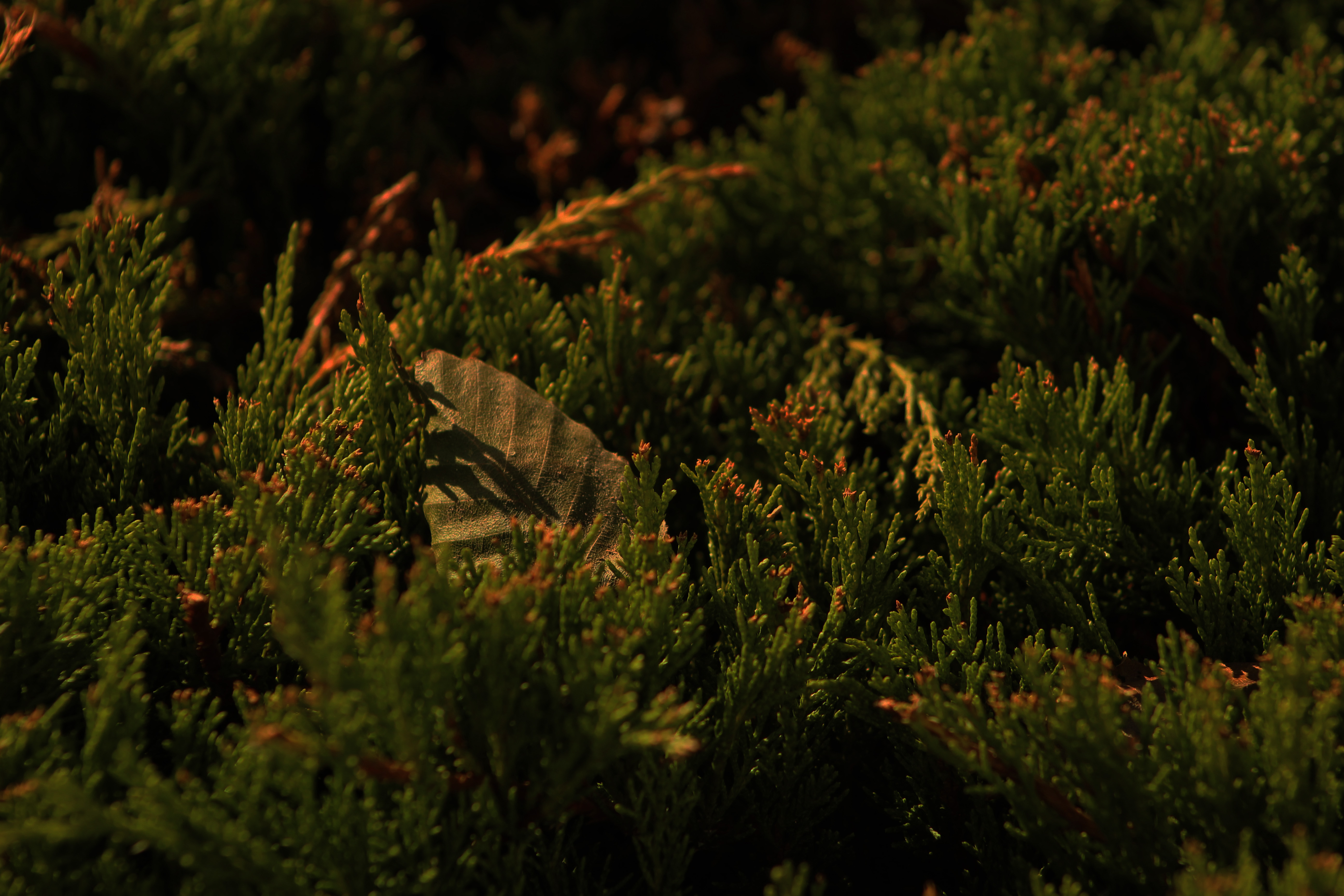
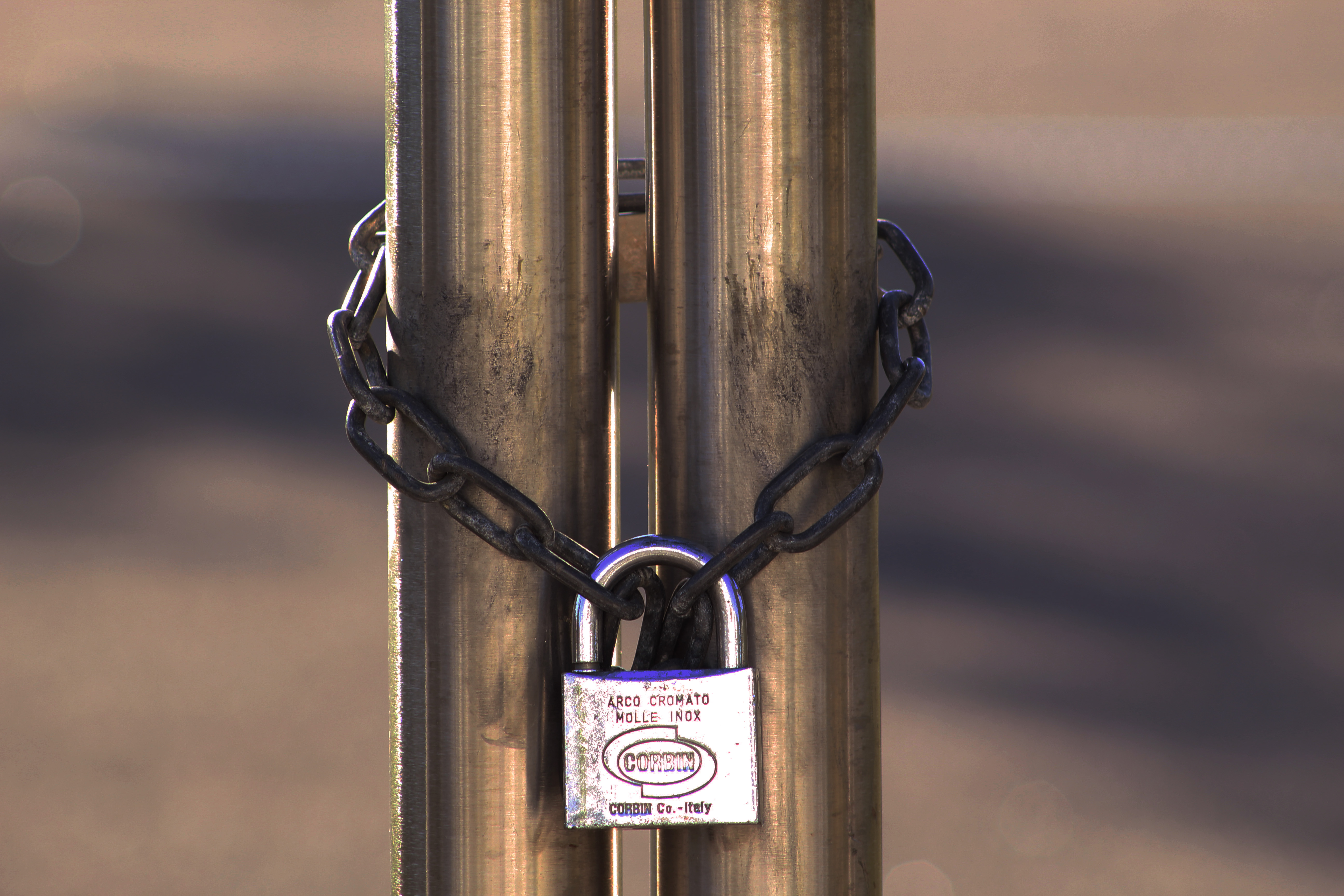

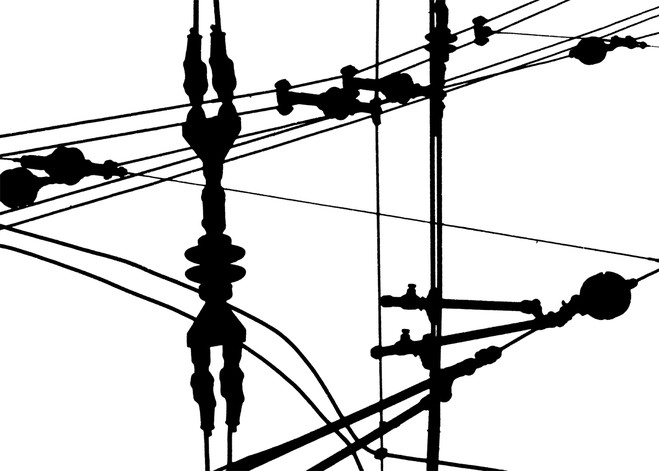
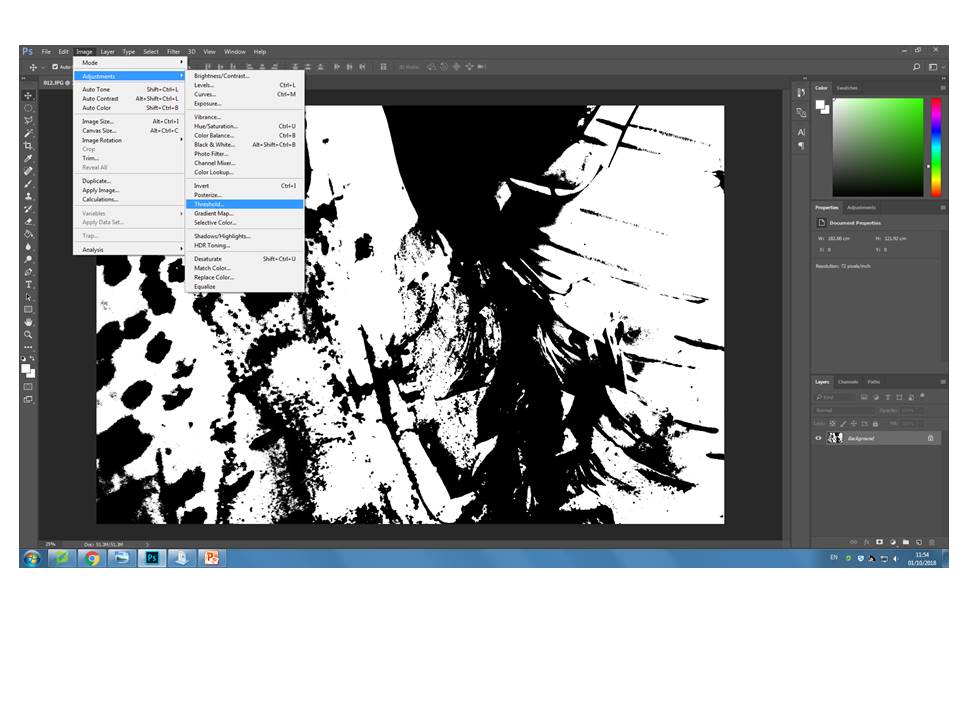
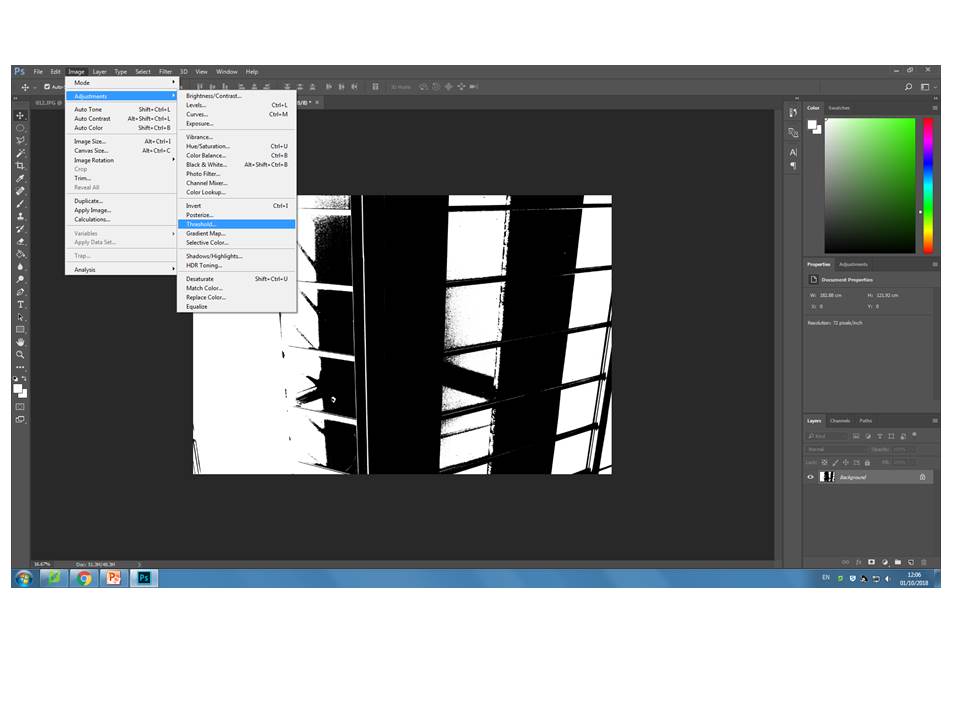

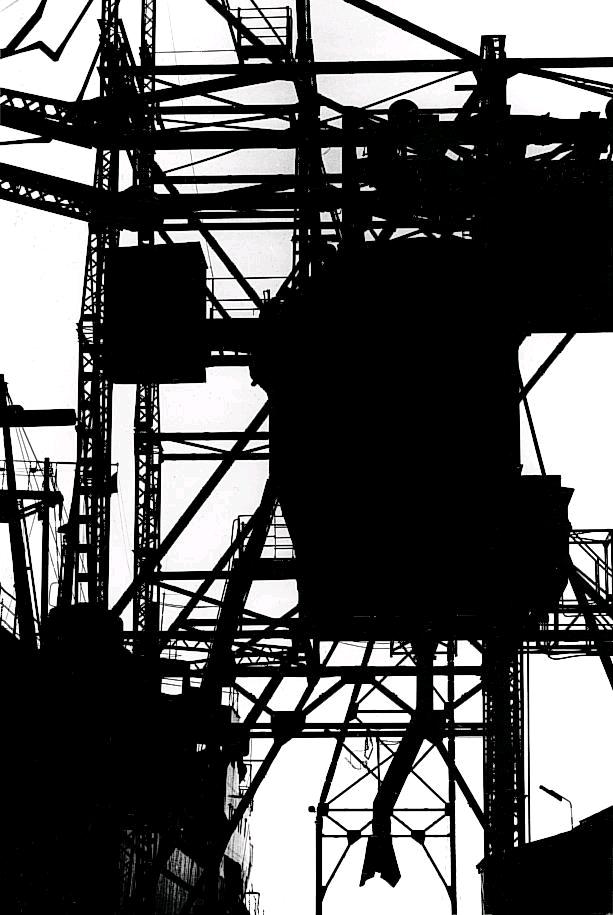
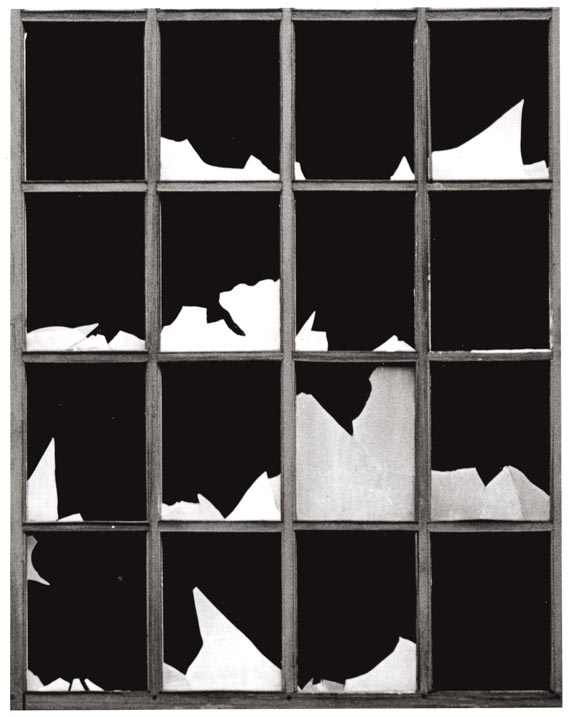 As you can see there is a massive contrast between the extreme white, and dark black within the colours.
As you can see there is a massive contrast between the extreme white, and dark black within the colours.